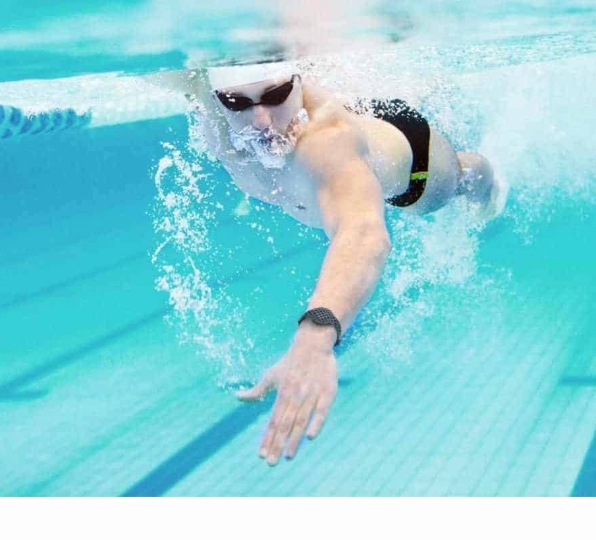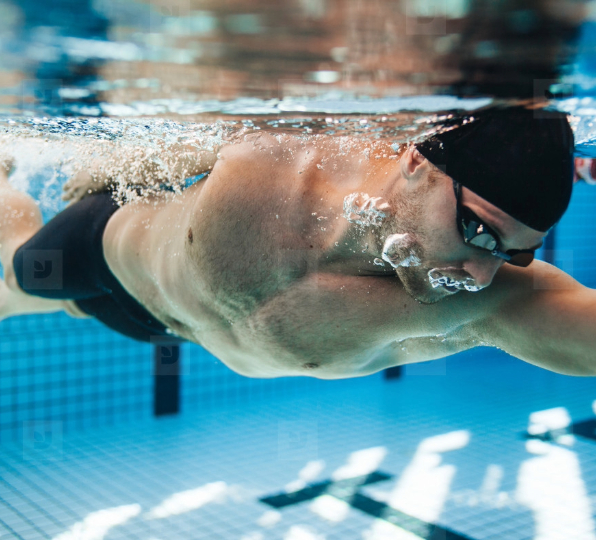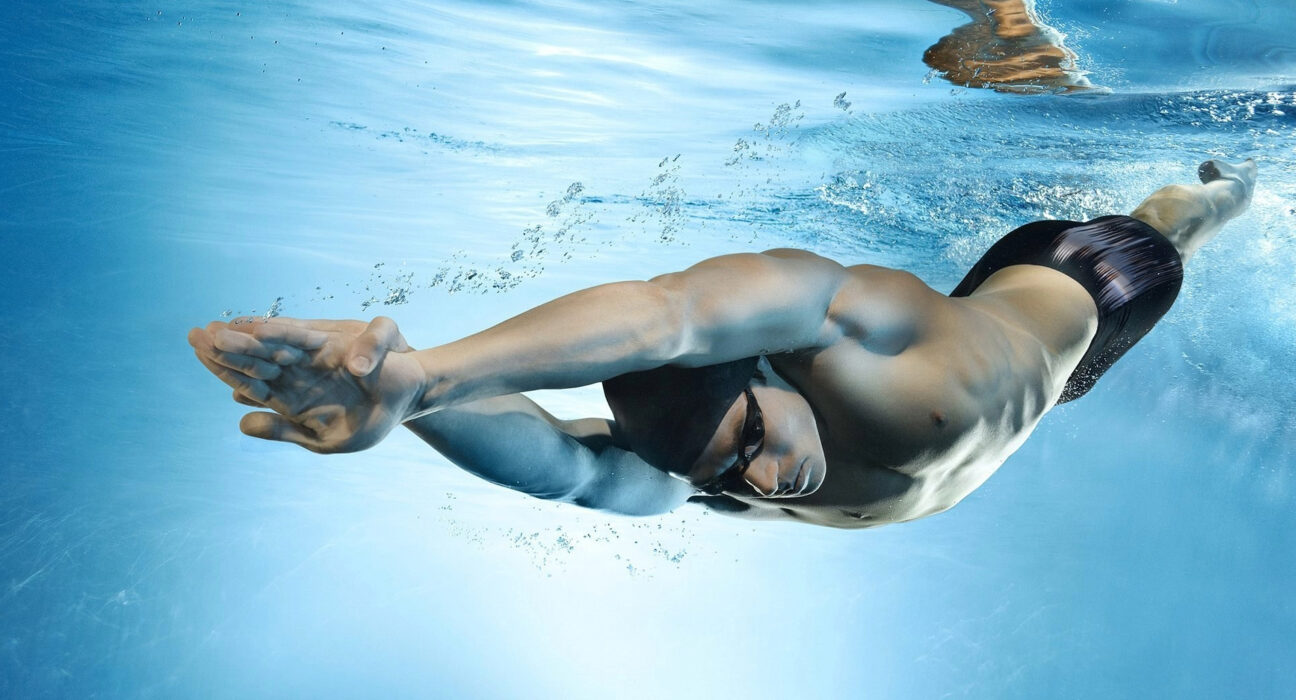Introduction:
Swimming can be used as a mindfulness and meditation technique in addition to being a physical workout. Developing a sense of calm and focused awareness, staying fully present in the water, and connecting with your breath are all components of mindful swimming. We’ll go over the idea of mindful swimming in this guide, along with its advantages, ways to improve your experience, and how to make laps a calming and restorative activity.
1. Introduction to Mindful Swimming
The physical advantages of swimming combined with the concepts of mindfulness is known as mindful swimming. It creates a holistic and meditative experience by encouraging swimmers to concentrate on the sensations of the water, the rhythm of their strokes, and the breath.
2. Benefits of Mindful Swimming
Stress Reduction: By encouraging relaxation and quieting the mind, mindful swimming helps lower stress. Enhanced Concentration and Focus: By developing a stronger bond with every stroke, the practice improves concentration and focus. Improved Breathing: Using mindful breathing techniques while submerged in water helps to improve respiratory health. Enhanced Body Awareness: As a result of swimming, swimmers’ bodies become more aware of their movements, which improves efficiency and coordination. Mind-Body Connection: Swimming mindfully improves overall wellbeing by fortifying the link between the mind and body.
3.Mindful Breathing Techniques
Diaphragmatic Breathing: As opposed to shallow chest breathing, concentrate on taking deep breaths into your diaphragm. Breathe in slowly through your nose, letting your belly expand, and then release the breath through your mouth.
Breathe rhythmically: Match your breath to your movements. To create a rhythmic pattern, for instance, breathe in every three strokes.
Practice fully exhaling underwater by practicing the underwater exhalation. When you turn your head to breathe, this facilitates the release of tension and enables a more relaxed inhalation.
4.Body Scan Technique
Conduct a mental body scan as you swim. Start from your toes and gradually move up to your head, focusing on relaxing each part of your body.
5.Water Sensations Awareness
Pay attention to the sensations of the water against your skin. Notice the coolness as it flows over your body and the resistance as you move through the water.
6. Focused Visualization
Imagine yourself gliding effortlessly through the water. Visualization can enhance your swimming experience and create a positive mindset.
7. Mindful Turnarounds
Use the turns at the end of the pool as an opportunity for mindfulness. Slow down, execute a smooth turn, and push off gently, maintaining a sense of flow.
8. Setting Intentions
Before entering the water, set an intention for your swim. It could be to find relaxation, build strength, or simply enjoy the meditative aspects of swimming.
9. Disconnecting from Distractions
Leave distractions behind. Turn off your phone and create a dedicated space for mindful swimming without external interruptions.
10.Solo or Group Mindful Swimming
Whether you prefer the solitude of solo swimming or the camaraderie of a group, mindful swimming can be practiced in both settings. Adapt the techniques to suit your preference.
11.Progressive Stroke Awareness
Focus on one aspect of your stroke at a time. Begin by concentrating on your arm movement, then shift attention to your kicks, and finally, synchronize everything for a harmonious swim.
12.Gratitude Practice
Express gratitude for the opportunity to swim. Acknowledge the support of the water and the health and strength that allow you to engage in this mindful practice.


Conclusion:
Mindful swimming offers a unique opportunity to merge the benefits of physical exercise with the transformative power of mindfulness. As you glide through the water, immerse yourself in the present moment, letting go of stress and tension. Cultivate a sense of tranquility, and allow the rhythmic movements of swimming to become a form of moving meditation. Whether you’re a seasoned swimmer or a novice, mindful swimming can enrich your experience in the water. Embrace the mindfulness techniques, connect with your breath, and let the pool or open water become a sanctuary for relaxation and rejuvenation. Dive into the world of mindful swimming, and discover the profound connection between body, mind, and water.












